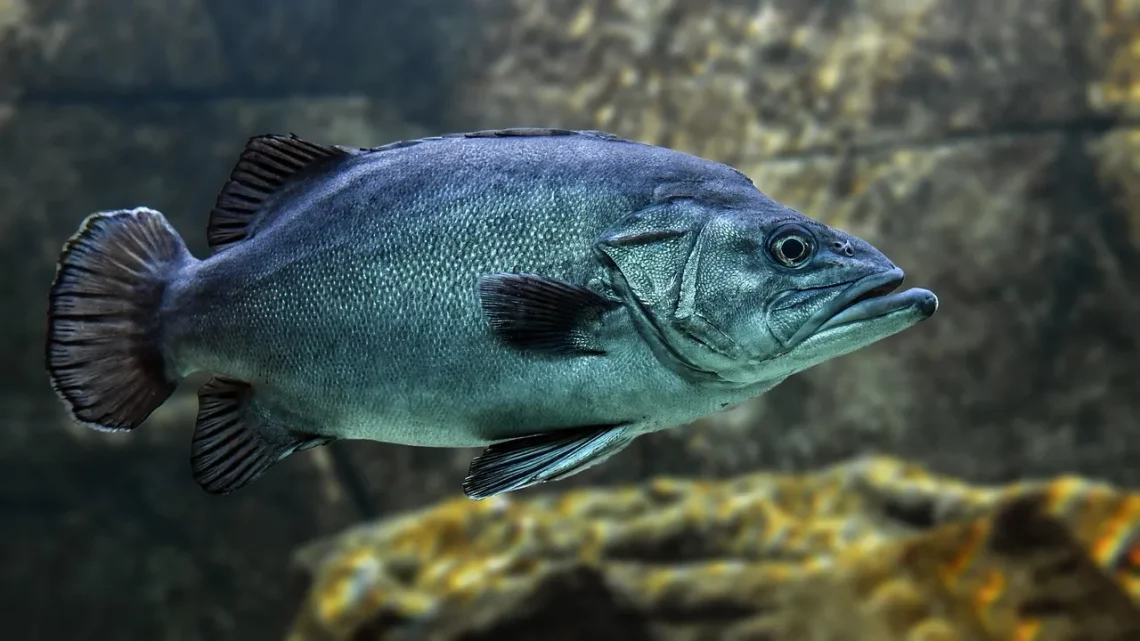
Humane Methods for Euthanizing a Fish: A Step-by-Step Guide
Euthanizing a fish is a sensitive and often challenging topic for aquarists, hobbyists, and professionals alike. Despite the emotional weight that accompanies such a decision, understanding humane methods for euthanizing fish can ensure that the process is as painless and stress-free as possible. Fish, like all living beings, can experience suffering, and it is our responsibility to mitigate that suffering when the time arises.
The ethical considerations surrounding euthanasia in fish involve not only the methods employed but also the timing and context of the decision. Whether due to illness, injury, or simply old age, recognizing when it is time to make this difficult choice is crucial. Fish are unique creatures with complex behaviors and needs, and providing them with a dignified end is a mark of respect for their lives.
Additionally, the methods used for euthanizing fish must be effective and rapid, minimizing distress and pain. Different species may respond differently to various techniques, so understanding these nuances is key to ensuring a humane outcome. This guide aims to inform readers about the most accepted practices, helping to navigate the emotional and ethical landscape surrounding fish euthanasia.
Understanding When Euthanasia is Necessary
Determining when to euthanize a fish can be one of the most challenging aspects of fish care. As aquarists, we often form strong bonds with our aquatic pets, making it difficult to assess the situation objectively. However, several key indicators can help in making this important decision.
First and foremost, one must observe the fish’s overall health. Signs of severe illness can include lethargy, loss of appetite, abnormal swimming patterns, or visible physical abnormalities. If a fish is suffering from a terminal illness or an injury that cannot heal, euthanasia may be the most compassionate choice. It’s essential to consider the quality of life; if the fish is in pain and unable to fulfill its natural behaviors, this may be an indication that euthanasia is warranted.
Another critical factor is the presence of suffering. Fish can experience pain and stress, often manifesting through changes in behavior or physical condition. If a fish is exhibiting signs of distress, such as gasping at the surface, hiding excessively, or displaying aggressive behavior towards tank mates, it may be time to consider euthanasia.
Additionally, the age of the fish plays a role in this decision-making process. As fish age, they may experience a decline in health, making it crucial to assess their quality of life regularly. If age-related health issues arise, euthanasia can prevent prolonged suffering.
Ultimately, the decision to euthanize a fish should be made with care, compassion, and a thorough understanding of the animal’s condition. Consulting with a veterinarian or an aquatic specialist can provide valuable insights into the situation, ensuring that the decision is informed and humane.
Humane Methods for Euthanasia
When it comes to euthanizing fish, there are several humane methods available. Each method varies in terms of effectiveness, speed, and the level of stress experienced by the fish. Understanding these methods is crucial for any aquarist faced with the difficult decision of euthanasia.
One widely accepted method is the use of clove oil. This natural anesthetic is known for its effectiveness in fish euthanasia. To use clove oil, a concentrated solution should be prepared by mixing it with water in a separate container. Once the solution is ready, the fish should be placed in it. The clove oil induces anesthesia, allowing the fish to slowly lose consciousness. After a short period, the fish will pass away peacefully without experiencing distress.
Another humane option is the use of a saltwater solution. This method involves dissolving a high concentration of aquarium salt in water. The fish is then placed in this solution, which can lead to a swift and painless demise. However, it’s essential to ensure that the fish is not overly stressed during this process, as excessive exposure to high salinity can be harmful.
Another effective method is physical euthanasia, which involves decapitating the fish or destroying its brain. While this method is swift, it requires significant knowledge and skill to ensure it is performed correctly. It is often considered as a last resort, especially for those who may not be comfortable with such a direct approach.
Regardless of the method chosen, it is crucial to ensure that the fish does not experience undue stress during the euthanasia process. Creating a calm environment can help in this regard, as stress can lead to complications and discomfort.
Post-Euthanasia Considerations
After the difficult decision to euthanize a fish has been made and the process has been carried out, several important considerations remain. These considerations can help provide closure for the aquarist and ensure that the memory of the fish is honored appropriately.
One significant aspect is the disposal of the fish. Many aquarists choose to bury their fish in a garden or a special place that holds sentimental value. This method not only provides a respectful send-off but also allows for a memorial of sorts, where memories of the fish can be cherished. Alternatively, some may choose to cremate the fish, which can also serve as a meaningful way to remember the pet.
Additionally, reflecting on the experience can be beneficial for the aquarist. It’s important to acknowledge the emotional impact of euthanizing a beloved pet. Engaging in conversations with fellow aquarists or seeking support from friends and family can help process these feelings.
Lastly, taking this experience as a learning opportunity can lead to better fish care in the future. Understanding the health needs of aquatic pets, being aware of signs of illness, and knowing when to seek professional help can help prevent similar situations down the road.
In conclusion, euthanizing a fish is never an easy decision, but it is sometimes necessary to prevent suffering. By utilizing humane methods and considering the emotional aspects of the situation, aquarists can ensure that their fish receive the dignity and respect they deserve at the end of their lives.
**Disclaimer:** This article is not intended as medical advice. For any health-related issues, it is essential to consult a qualified veterinarian or aquatic specialist.




